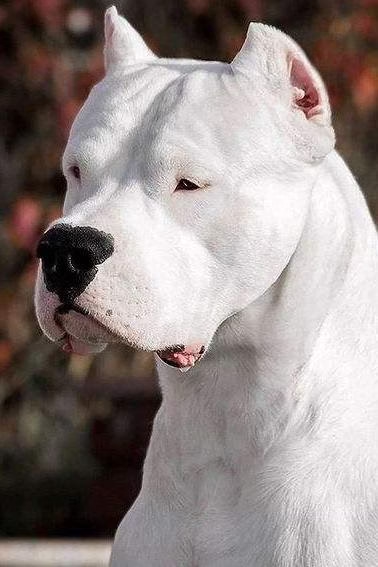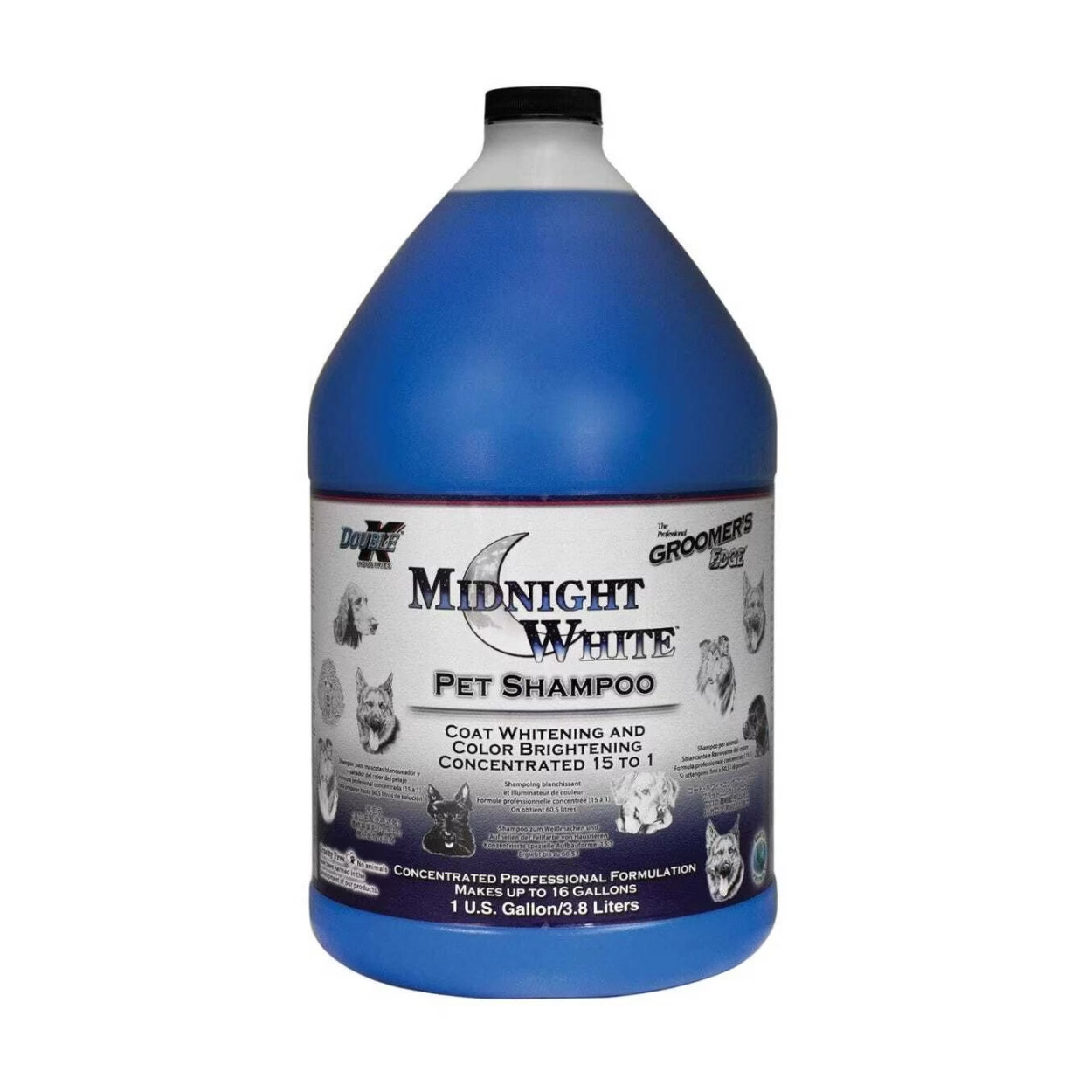High Risk of Cat Eating Human Food like Fish
Many foods are common to humans, but they are toxic for cat eating. There are significant differences in the digestive systems of cats and humans. The nutritional requirements for cats and humans are also different. Therefore, I didn’t recommend share human food with cats at will.
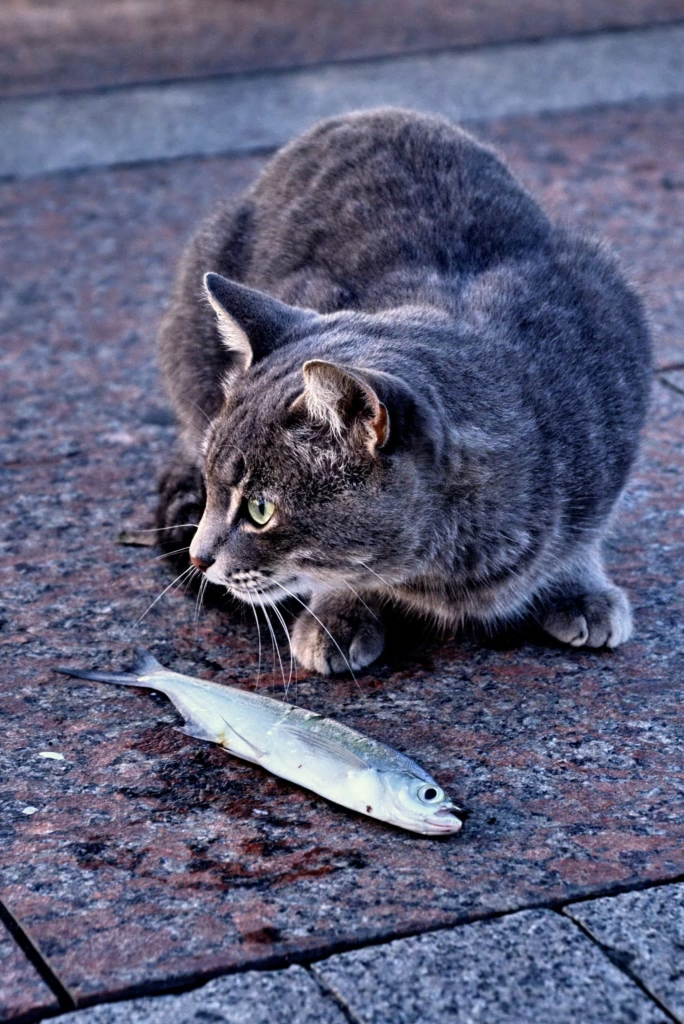
Cat eating fish? not suitable
The saying “Cat eating fish” has been heard so many times that people really think fish is the most suitable food for cats. However, in fact, studies have shown that long-term consumption of fish or fish by-products by cats, as well as excessive supplementation of fish oil, can easily induce fat tissue inflammation, especially for young cats and obese cats, the probability of getting this disease is even higher. The causes of adipose tissue inflammation are usually excessive intake of unsaturated fatty acids and deficiency of vitamin E in daily life, which belong to metabolic diseases.
Common human foods containing unsaturated fatty acids include: Other foods such as sea cucumbers, soft-shelled turtles, yellow croakers, nuts, avocados, lean meats, cauliflower, leeks, carrots, nori, kelp, Onions, tomatoes, cucumbers, pomegranates, hawthorns, etc. are all rich in unsaturated fatty acids. Cat owners should pay attention to controlling the feeding amount of these foods, especially avoiding feeding fish to cats for a long time.
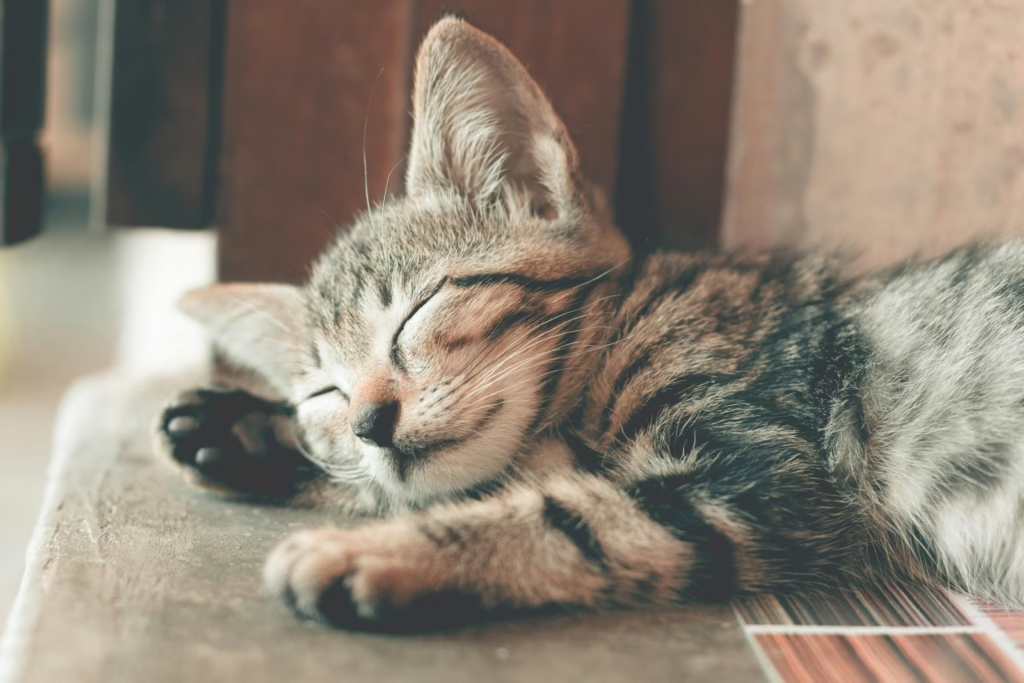
The manifestations of adipose tissue inflammation in cats
Symptoms of adipose tissue inflammation: slow movement, loss of appetite, lack of energy, obesity, etc.
Cats with this disease will have hard, fatty lumps under their skin and experience pain in their abdomen and back. During clinical examination, it can be observed that the total number of white blood cells in the affected cat increases, the fat is yellowish-brown, granular in appearance or nodular, etc., and is accompanied by waxy pigmentation.
In addition, lipoma is also a highly prevalent disease in cats. Common causes of lipoma in cats include: congenital inheritance, malnutrition, parasitic infection, decreased metabolism, obesity, etc. Among them, elderly cats have a higher probability of developing lipoma.
To reduce the probability of cats developing lipomas, cat owners should pay attention to helping their cats manage their weight in daily life, maintain a scientific and reasonable diet, and avoid feeding their cats high-fat cat food for a long time. For overweight cats, cat owners should pay attention to helping their cats lose weight reasonably. They should increase the interaction time with their cats every day, get them to exercise, switch to low-fat main food, and control fat intake reasonably. Never use dieting to help your cat lose weight, as it may cause fatty liver.
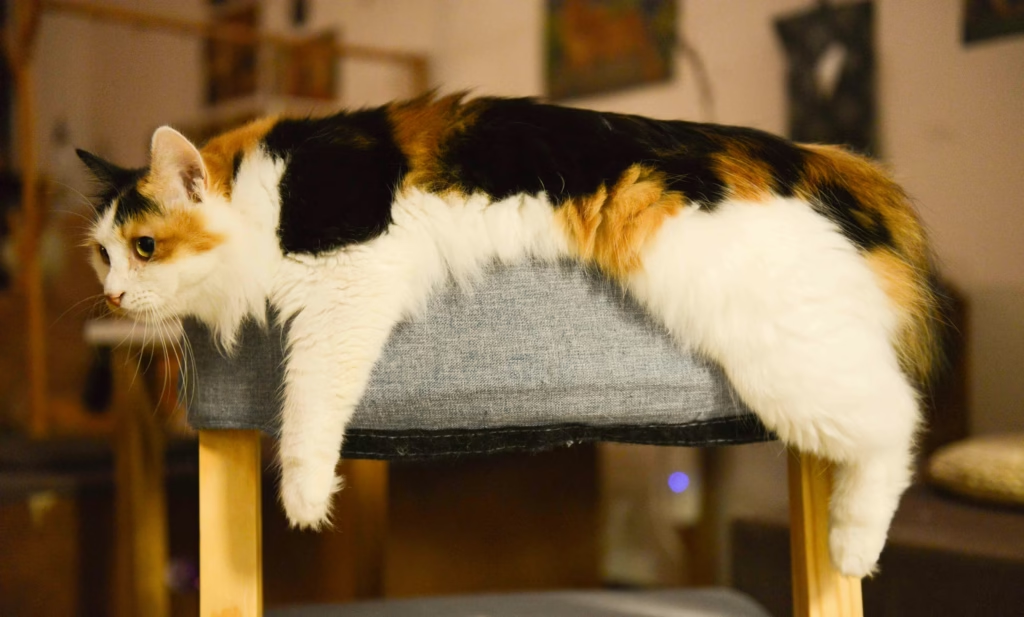
The manifestations of lipoma in cats
Symptoms of lipoma in cats: weight loss, intolerance to exercise, vomiting, diarrhea, and abnormal hair loss.
Clinical manifestations: There are movable, elastic and painless masses in the subcutaneous tissue.
In daily life, it is important to pay close attention to the cat’s physical changes, mental state, diet, etc. If any abnormalities are found, it is necessary to consult a veterinarian in time to identify and solve the problem promptly and prevent it from worsening.
When it comes to the main food for cats, it is advisable to choose cat food that does not contain grains, beans, plant proteins and other substances. These components not only increase the digestive burden on cats and raise the probability of gastrointestinal sensitivity, but also increase the intake of substances such as carbohydrates. Cat eating high-carbohydrate food for a long time are more likely to develop obesity problems, which may lead to other health risks.


